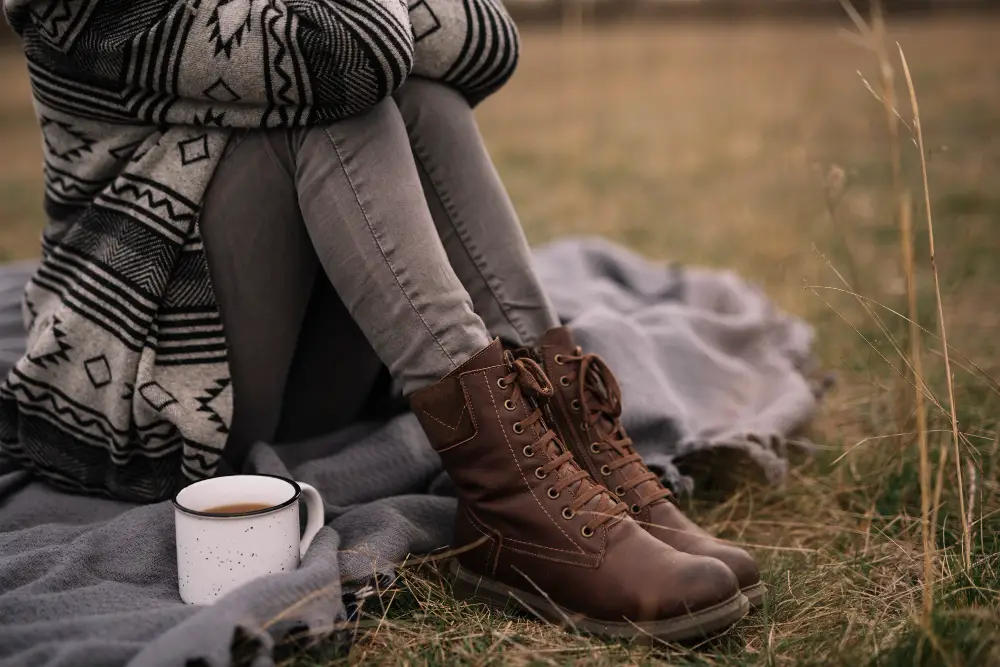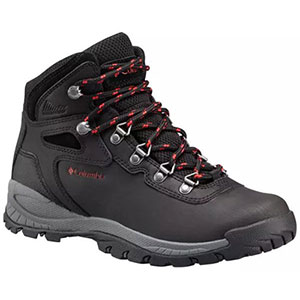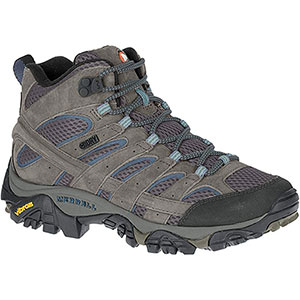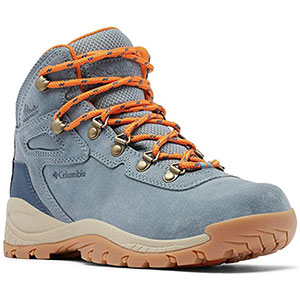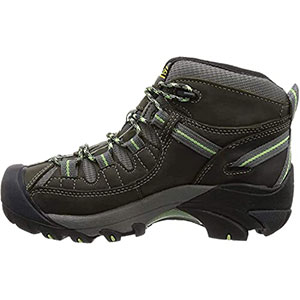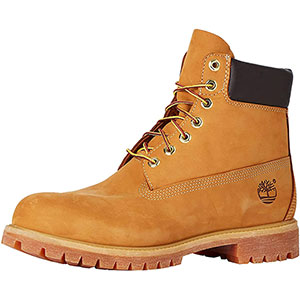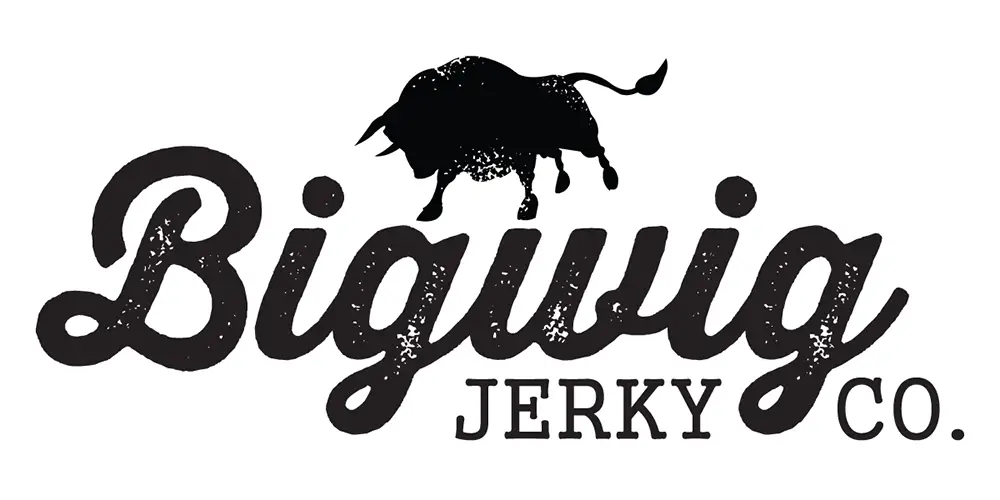Hiking boots would have to be one of the most important factors to an enjoyable hike! No one likes getting blisters or sore feet on a hike and having it ruin the experience!
In this article we will take a look at a number of great womens hiking boots suitable for different types of hiking. These boots are made from quality materials to prevent blisters and provide comfort so you can walk longer and through tougher terrain. Even though some boots are quite expensive, there are still some entry level boots that are great quality and affordable.
So, with that in mind, here are 5 best womens hiking boots that are available online.
What to look for when buying womens hiking boots
Choosing the right hiking boots can be a very daunting task. With hundreds and thousands of quality products and brands in the market, it is very tough to choose a single product with all the desired features. Before you can invest your hard-earned money, there are certain factors, features, and parameters that you must acknowledge to make sure the boots are a perfect fit.
Types Of Hiking Boots
There are three main types of hiking boots, each constructed to serve different styles of hiking. These are as follows:
Hiking shoes
These are low-cut models with supple midsole. They are great for day hiking and for long-distance journeys.
Day hiking boots
Such mid to high-cut models are best for short backpacking trips light load. They do not need much break-in time and often flex easily. The only drawback is that they lack the support and longevity of any other stout backpacking boots in the market.
Backpacking boots
These boots are made to carry heavy loads during multiday trips. They are durable and supportive, with stiff midsoles for off/on-trail travel.
Hiking Boots Upper Material
A good-quality material can directly impact the boot’s breathability, weight, longevity, and water-resistance.
Most of the models available in the market are made from full-grain leather. This material gives good durability with abrasion and water-resistance. Many backpacking boots made for long trips often have this material in their construction. Many manufacturers use split-grain leather with nylon or nylon mesh to make lightweight boots for excellent breathability. The benefit of these boots is lower cost, but the disadvantage is no water or abrasion resistance.
Hiking Boots Midsole Material
A midsole is to provides cushioning to your feet and prevents them from shock. The most common midsole materials available in the market are:
Ethylene-vinyl acetate or EVA: This material is affordable, lightweight, and comfortable. Different densities of EVA material are used to provide firmer support to the boots when required.
Polyurethane: It is more firm and durable. Due to this reason, many manufacturers use the material while making extended backpacking and mountain hiking boots.
Suitable Size
It is very easy to get confused with all the advanced features and ignore the overall size and fit of the hiking boots. Before trying on a new pair of boots, be sure to give them a size test to make sure they will not cause you any problem while hiking. It is always best to know your foot’s length, width, and arch length measured accurately via any calibrated fit device. Foot volume is another important aspect of facilitating a good fit. Any professional at the store must assess it before you can choose a particular product for your use.
Firstly, you should have ample wiggle room within the toe box of the boots. The boots should be able to fit snugly around your foot’s ball, but the heel must stay in place. Make sure you try the hiking boot while wearing the trail socks to get accurate measurements regarding fit and comfort level.
Type Of Hiking Terrain
Before going on a hiking adventure and buying the perfect boots for the venture, know if you will be traveling across rocks, roads, or mud. It is very important to know what kind of hiking terrain your shoes will be exposed to. It has a significant effect on the wear/tear and directs the type of features one must look for when buying a high-quality hiking boot.
Concrete surfaces can make your hiking boot wear out instantly. Therefore, if you have to walk long distances on the road, it is better to opt for a trail running shoe. Similarly, if your hiking trail is full of mud, stone, and grass, you need to buy a product with as few seams as possible. The seamless design is very important to have in any quality-hiking boot. This feature prevents water from seeping in and stops friction that might lead to a foot problem.
Weather Conditions
To get a suitable and accurate hiking boot, know if you will be hiking in a hot, cold, wet, dry, or humid weather condition. Weather situations and other environmental conditions play a significant role in determining how to select the best hiking boots.
If you have to hike in and out of the water, you must weigh up and opt for a fast-drying or water-resistant boot at a reasonable price range. If you want to buy a truly waterproof boot, you need to get a product with a breathable/water-resistant liner. Waterproof liners add warmth to the boots when you are wading through puddles or rivers.

